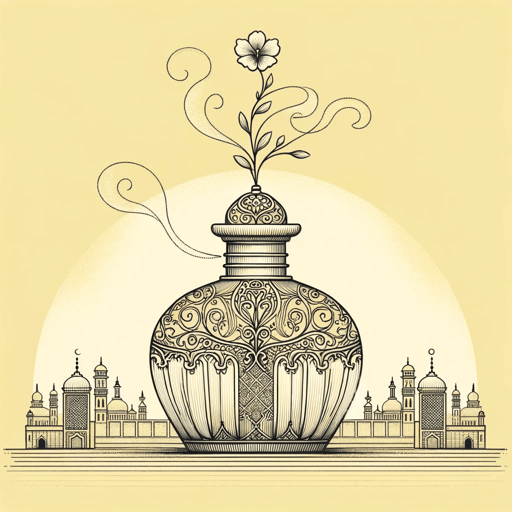54 pages • 1 hour read
Salman RushdieShame
Fiction | Novel | Adult | Published in 1983A modern alternative to SparkNotes and CliffsNotes, SuperSummary offers high-quality Study Guides with detailed chapter summaries and analysis of major themes, characters, and more.
Background
Authorial Context: Rushdie and Magical Realism
Salman Rushdie is renowned for his literary contributions that blend history, politics, and imaginative storytelling. Rushdie was born on June 19, 1947, in Bombay (now Mumbai), India. His family belonged to the upper middle-class, and his father was a successful businessman. Rushdie studied at the Cathedral and John Connon School in Bombay before attending Rugby School in England. Later, he went on to study history at King’s College, Cambridge, where he became involved in theater and writing. Rushdie’s early literary influences included Gabriel García Márquez, Jorge Luis Borges, and Gunter Grass, who played an instrumental role in shaping his interest in magical realism. Magical realism, characterized by the seamless blending of the fantastical and the real, became a prominent feature of Rushdie’s writing. He incorporates elements of mythology, folklore, and magical occurrences into narratives also rooted in real-world historical and political contexts.
Salman Rushdie gained international acclaim with his second novel, Midnight’s Children (1981), which won the Booker Prize. The novel blends magical realism and historical fiction, following the lives of characters born at the moment of India’s independence. It explores the nation’s tumultuous journey, its struggles, and its aspirations through the lens of magical realism.
Related Titles
By Salman Rushdie

East, West
Salman Rushdie

Good Advice is Rarer than Rubies
Salman Rushdie

Haroun and the Sea of Stories
Salman Rushdie

Imaginary Homelands: Essays and Criticism 1981-1991
Salman Rushdie

Joseph Anton: A Memoir
Salman Rushdie

Midnight's Children
Salman Rushdie

Quichotte
Salman Rushdie

Shalimar the Clown
Salman Rushdie

The Enchantress Of Florence
Salman Rushdie

The Golden House
Salman Rushdie

The Ground Beneath Her Feet
Salman Rushdie

The Moor's Last Sigh
Salman Rushdie

The Satanic Verses
Salman Rushdie

Two Years Eight Months and Twenty-Eight Nights
Salman Rushdie

Victory City
Salman Rushdie
Featured Collections
Allegories of Modern Life
View Collection
Asian American & Pacific Islander...
View Collection
Colonialism Unit
View Collection
Indian Literature
View Collection
Magical Realism
View Collection
Nation & Nationalism
View Collection
Pride & Shame
View Collection
The Booker Prizes Awardees & Honorees
View Collection

